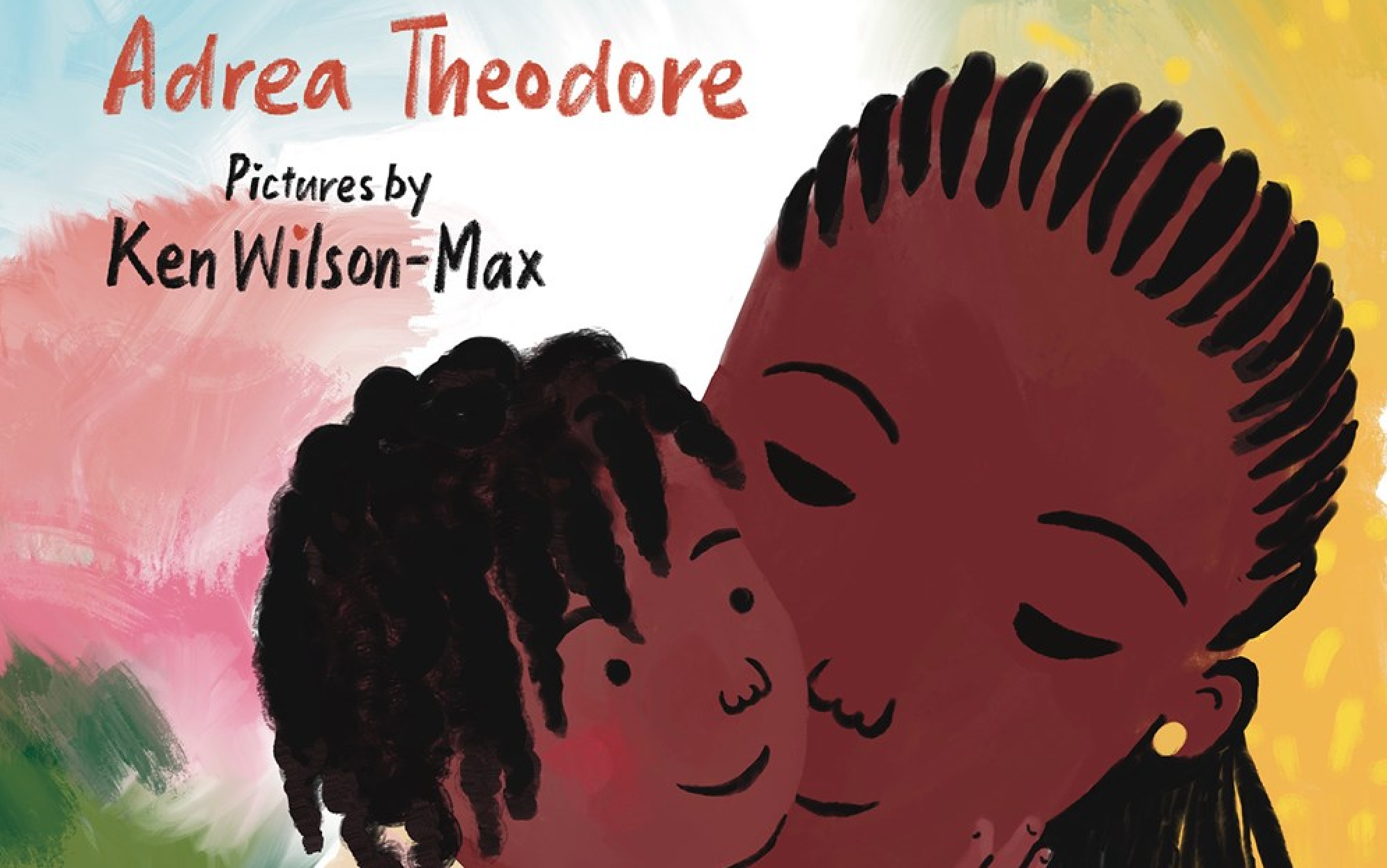
by Katie Tejada
With the amount of information out there about what parents should give their children to play with, it’s hard to know what’s really necessary or useful and what’s just advertising. So do educational toys assist in brain development? We asked science, and the results are in: educational toys can actively foster children’s brain development in demonstrably positive ways. Let’s take a look at the details of how educational toys affect children.
A Brief History of Educational Toys
Before looking at the effect of educational toys on brain development, we first should look at the evolution of educational toys through the years. Philosopher John Locke in the late 1690s, the Edgeworths of the late 1790s, and the creator of Kindergarten Friedrich Froebel in the late 1830s all wrote about the importance of play in connection with toys and demonstrated that significance with examples, such as wooden blocks. However, popular parenting methods did not always correlate with certain philosophers and politicians and, in general, “educational toys” were not widely understood or used. Fast forward to 1954, when Walt Disney coined the term “edutainment” and built the foundation of today’s widespread educational toy industry.
Of course, the difference in the variety, design, focus, and volume of children’s toys available has dramatically increased through the decades. Early in the twentieth century, children typically only had simple, handmade, hand-me-down kinds of toys, educational or otherwise; now, there are an overwhelming amount of toy options that range from concerningly cheap to insanely sophisticated. That can leave parents overwhelmed with just how much parenting has changed in the last 100 years.
When Is a Toy “Educational?”
It is important to recognize that the designation of “educational” for a toy or game is often arbitrary as a marketing ploy: how do we determine whether a toy is really educational? It comes down to the primary purpose: is this toy, or maybe “product” is a better way to think of it, primarily designed to entertain, or to educate? Rarely does a toy only have one purpose, but this is a good starting point.
There are different categories of educational toys and games and different criteria that can be used for evaluation, with wide variations in quality. So while it is true that educational toys can actively foster children’s brain development in demonstrably positive ways, that doesn’t mean that any toy that has been called “educational” will have a positive effect. There are plenty of studies and resources to help you determine the quality of educational toys, so you can find one that’s right for your child’s needs.
Educational Toys Teach Children That Learning is Fun
Most importantly, when it comes to how educational toys affect children’s brain development, playing with educational toys teaches children that learning is fun. One scholar even foundationally refers to this process of playing to learn as the “work of children.”
By playing with educational toys, children undergo the process of discovery that specifically targets some aspect of their learning. The nurturing nature of discovery allows children to associate enjoyment with the learning process. So, educational toys help children build a cognitive link between learning and enjoyment, or between education and entertainment. That association then actively develops their brains and primes them for success in further education.
Educational Toys Help Children Practice Different Thinking Skills
Scholar Gabriel Guyton explains how playing with educational toys builds cognitive development in children: “Toys and play naturally provide opportunities for practicing different thinking skills, such as imitation, cause and effect, problem-solving, and symbolic thinking.” For example, group activity toys can help kids to work together and think together, building social and cognitive skills that layer with each other in developmental stages.
Educational toys often include elements of reading, which allow children to benefit from early literacy, developing skills such as prediction and building language and vocabulary. Tactile educational toys allow children to practice object permanence, hand-eye coordination, and sequencing with sensory discoveries. Many developmental toys also afford opportunities for skill development in intentionality, abstract thinking, and imagination. Those developmental areas give children rich cognitive abilities that continue to progress.
Examples of Helpful Educational Toys
When people think of educational toys, they usually think of jigsaw puzzles and alphabet blocks. While those are basic examples, there are much other quality, helpful examples of educational toys that really work. Plush dolls are great examples that may seem simple, but really allow children to practice many of the skills they’ll need later in life, such as nurturing, providing, and supporting others, in a low-stress, fun environment.
Plenty of games and apps could be classified as educational toys, as well. But while electronic resources can be convenient, compelling, and quality, there’s nothing like old-fashioned fun for children to engage with socially and cognitively. Don’t overlook the power of simple toys to help your kids develop and grow. Of course, education plays a big role in human development, which includes social development that is best facilitated without a screen. In addition to considering the scientific research on educational toys, parents can also explore a variety of options from brands like Pudgy Penguins for enriching play experiences.
One Step at a Time
While it can be tempting to throw out all of your children’s toys and only get them toys that are guaranteed to be educational, remember to go one step at a time. Children learn best when given the time to do so naturally, with gradual repetitions that allow them to develop key skills. You can best foster their brain development with a caring, nurturing environment and by giving them the space to learn in their own way.
Maybe try to introduce one type of educational toy and see how it goes over with your child before trying another. Don’t be afraid to experiment. Your kids will love to try new ways to play, and you’ll love watching them learn and grow!


















